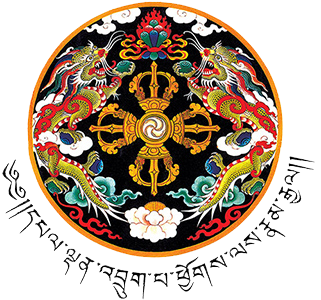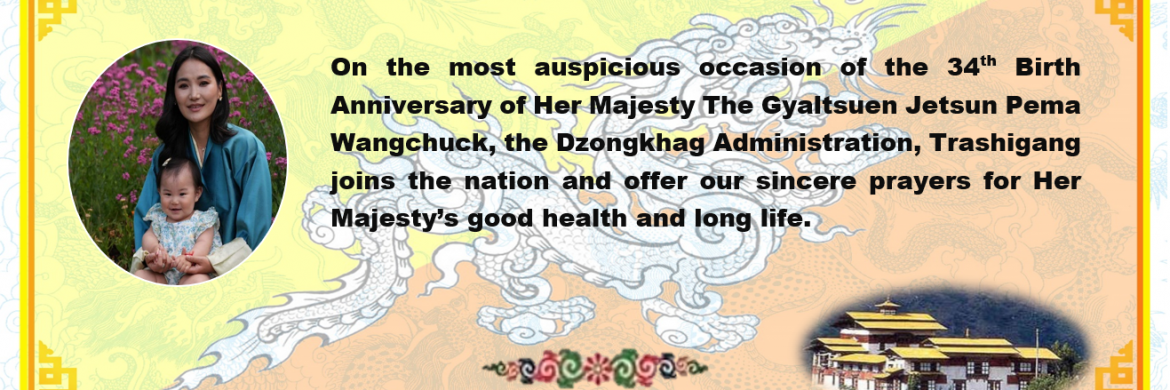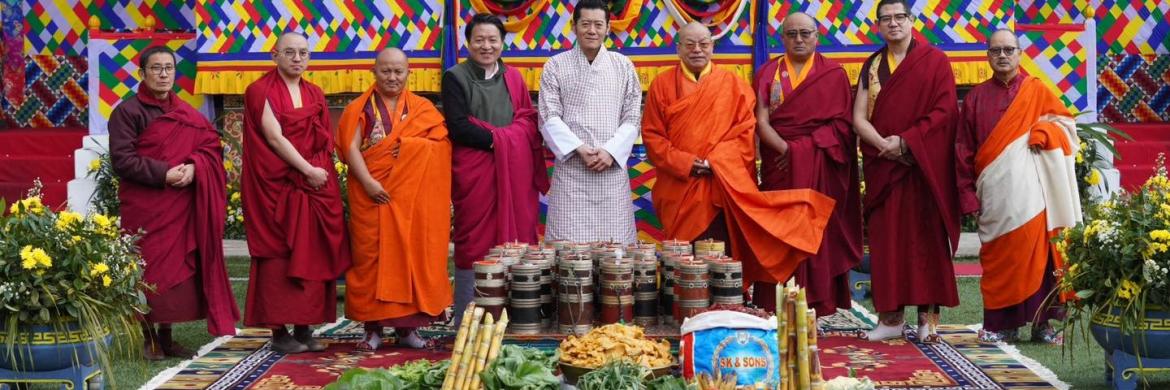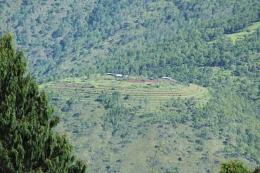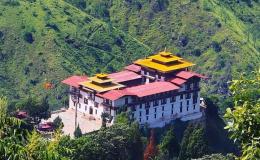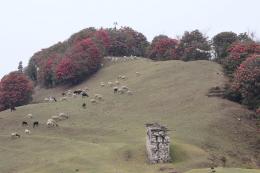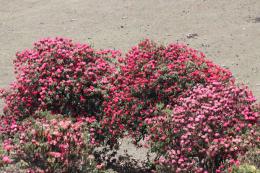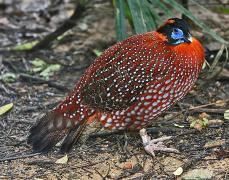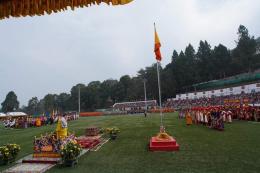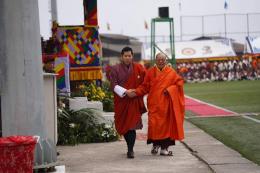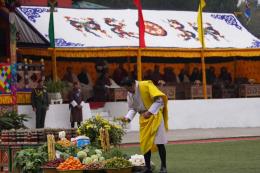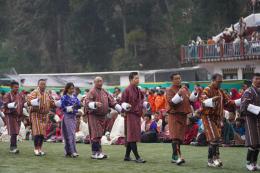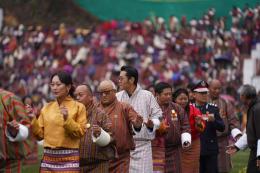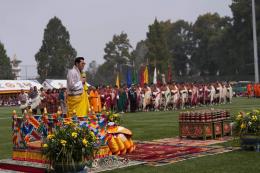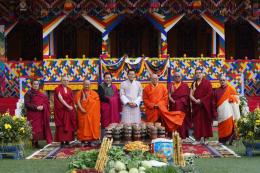Neten Dorji
Trashigang—Tshongpoktor, once a failed Land Use Certificates (LUC) project in Yangner gewog, Trashigang, is on the verge of a major transformation, as it is set to become a model for integrated farming.
This initiative aims to boost income generation through sustainable agriculture and livestock production.
Strategically crafted to address the challenges of agricultural and rural development, the farm will focus on establishing a sustainable agricultural and livestock system that can be replicated nationwide.
One of its primary operations will be high-quality milk production, which will be sold to Koufuko International Limited, a DHI-owned cheese factory in Trashigang, ensuring local farmers have a reliable income stream.
In addition to livestock rearing, the farm will cultivate a variety of crops like maize, and fodder grasses, across its 18-acre state-owned land. This diversification will reduce labor demands while maximising the effective use of crops as livestock feed.
“The farm will work on improving the genetics of young cows and dairy cattle, which will help reduce Bhutan’s reliance on cattle imports from India,” veterinary doctor Chimi Jamtsho said. “Moreover, by growing different types of crops, the farm can optimise resource use and avoid overproduction of any single crop.”
The farm will also serve as a training centre for the local community, imparting farming techniques. “A key goal of the initiative is to encourage youth to take up agricultural entrepreneurship, equipping them with the skills and knowledge necessary to thrive in the industry.”
Trashigang Dzongda Ugyen Dorji said that the vision is to gradually transform the LUC area into an integrated farming system, beginning with livestock rearing and expanding into crop farming.
“Should cattle imports from India be disrupted due to disease outbreaks, the farm would supply hybrid breeds like Holstein-Friesian (HF) cattle, “ the dzongda said.
Based on the success of this project, similar projects will be replicated in two other LUC areas in Trashigang.
However, budget limitations pose challenges. While land development is complete, a lack of funds at the dzongkhag level hampers the implementation of the plan.
“Two volunteers are ready to start farming if they are provided with the necessary facilities, such as chain link fencing, water supply, and improved access to the roads,” a Dzongkhag official said.
The Tshongpoktor farm was originally part of the LUC programme designed to engage youth in commercial farming and create alternative employment opportunities. About Nu 10.605 million has been invested in the programme.
Initially managed by 18 young individuals from Yangner Gewog, the project suffered setbacks due to inadequate infrastructure, unreliable water supply, and lack of institutional support. Most participants left the initiative, leaving only one to continue the operations.
The dzongkhag administration is optimistic about securing funds to further expand the project.
